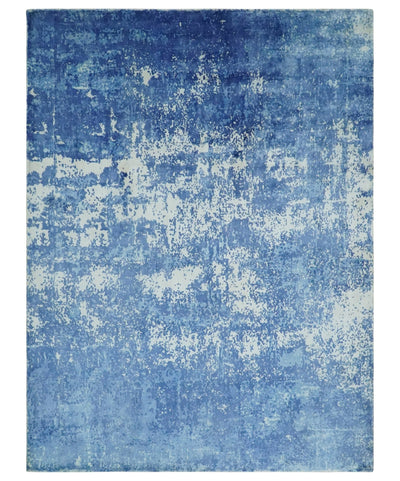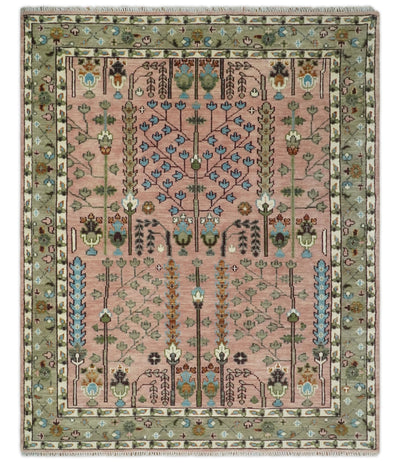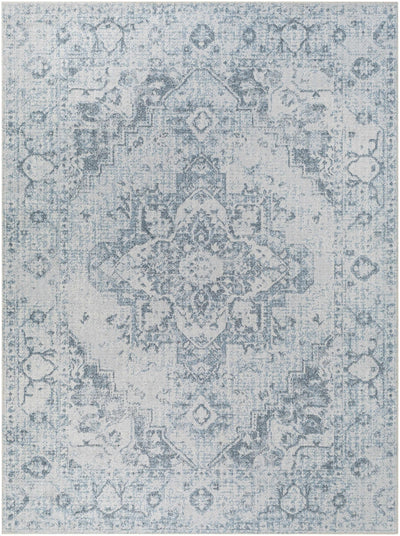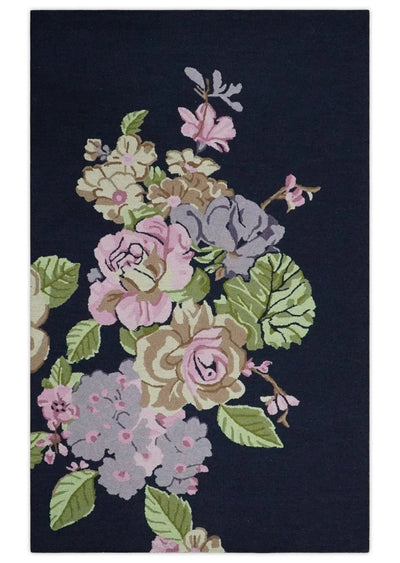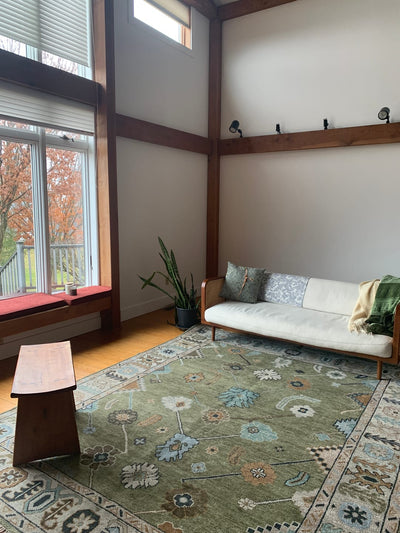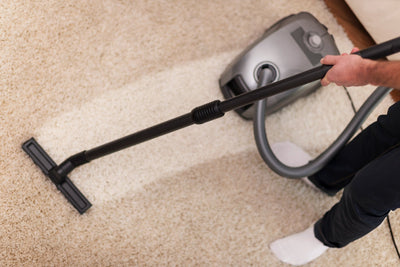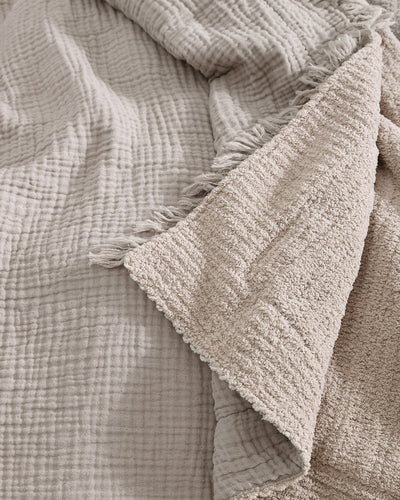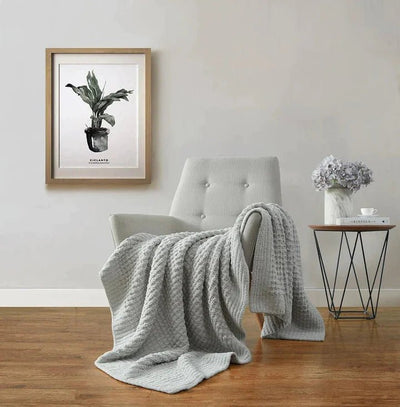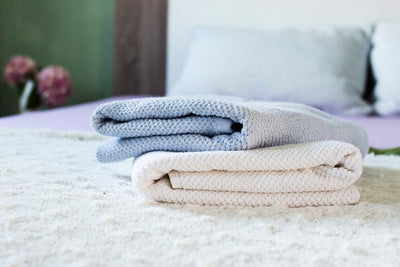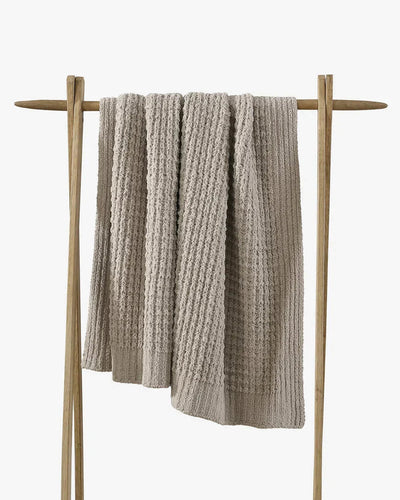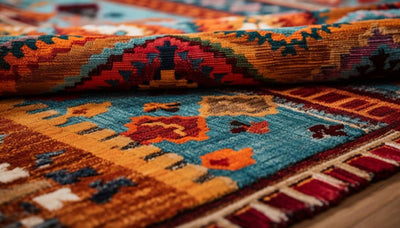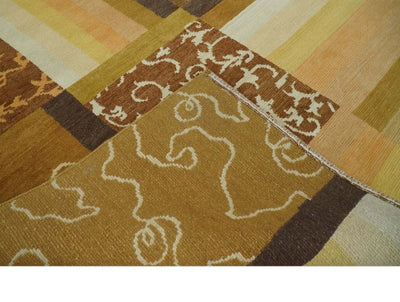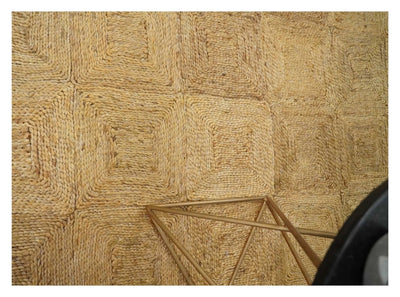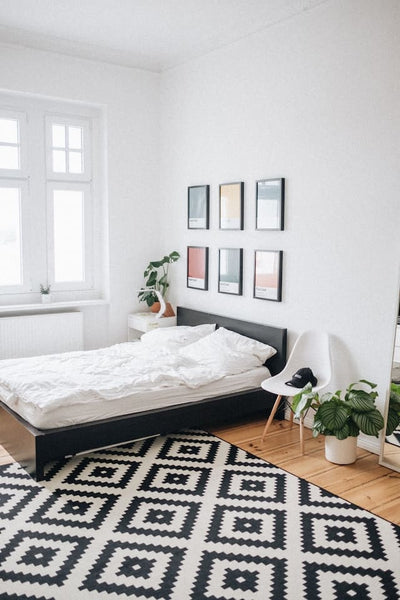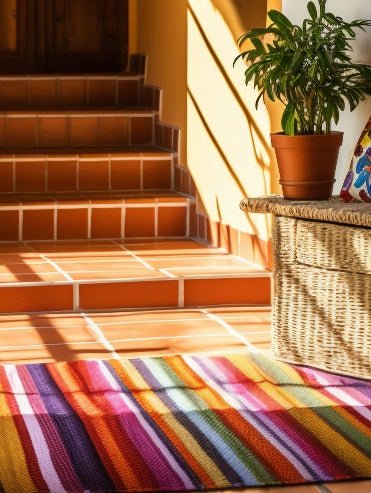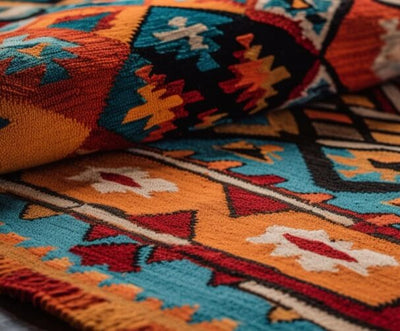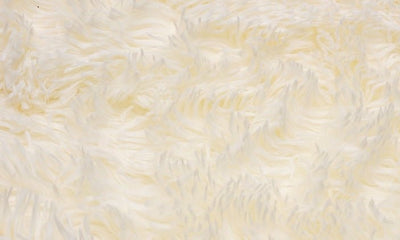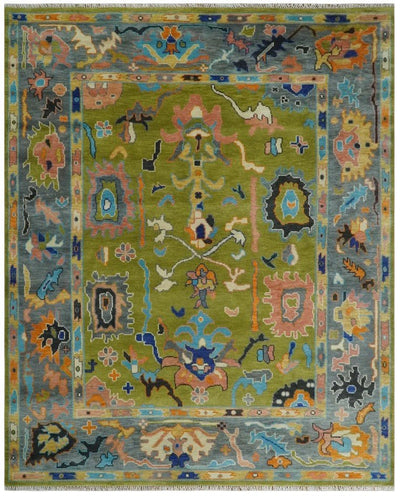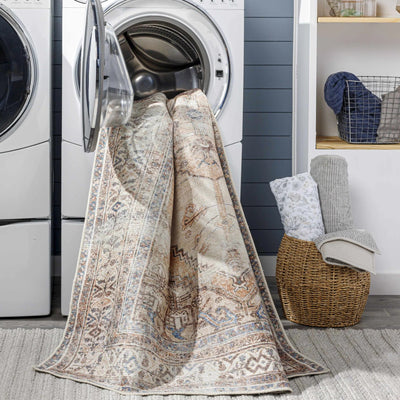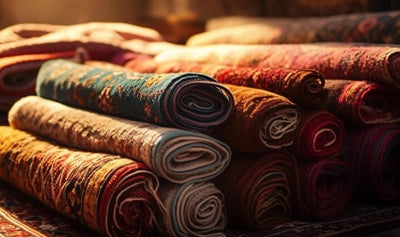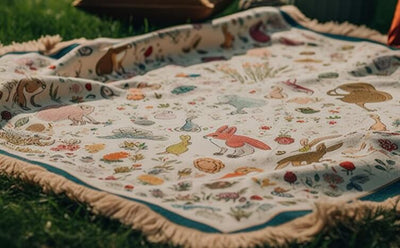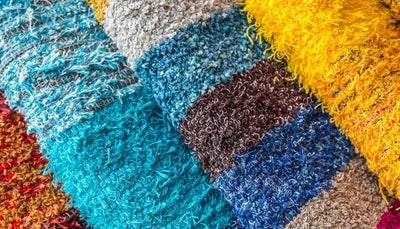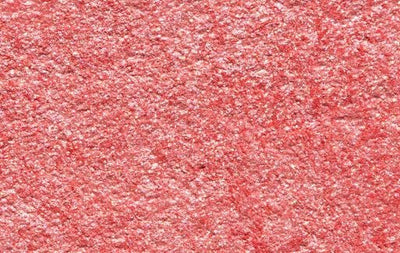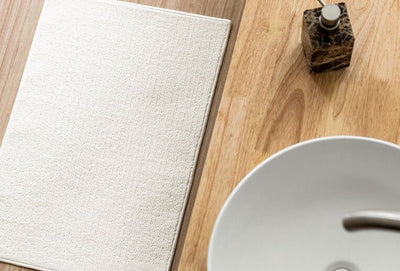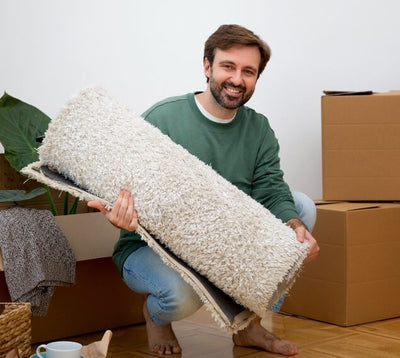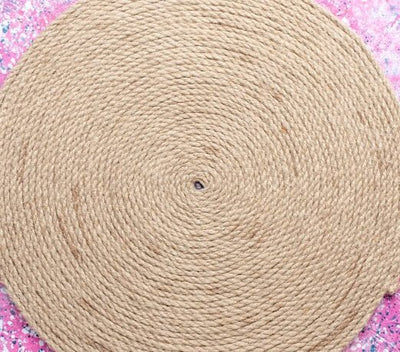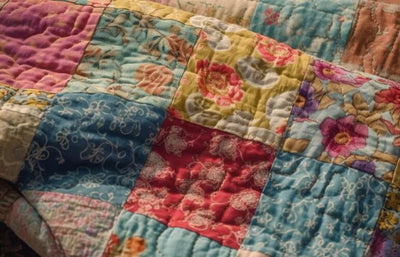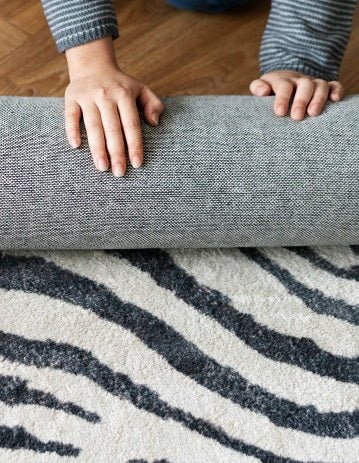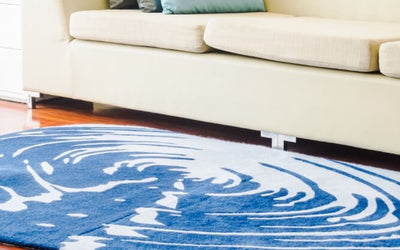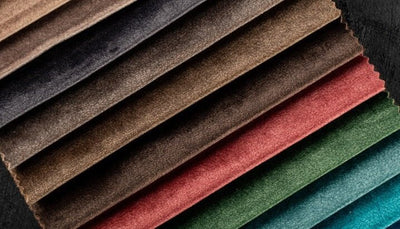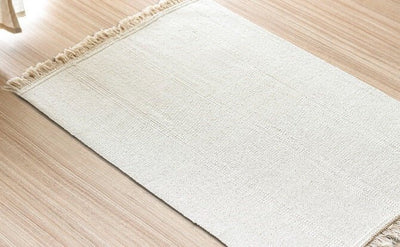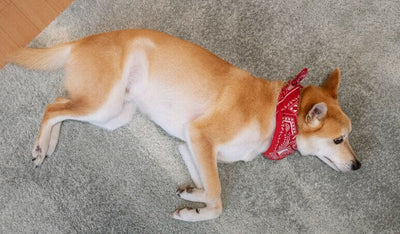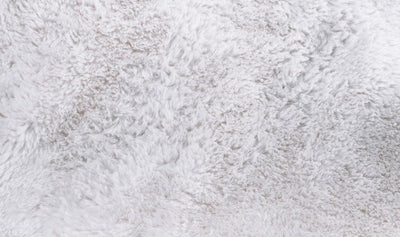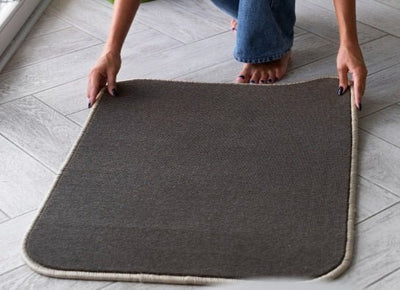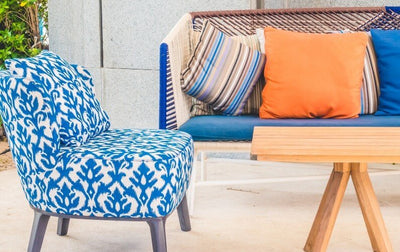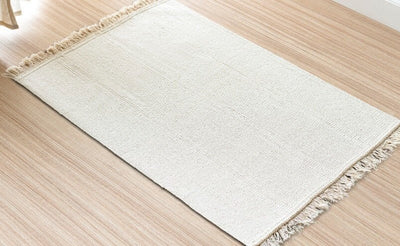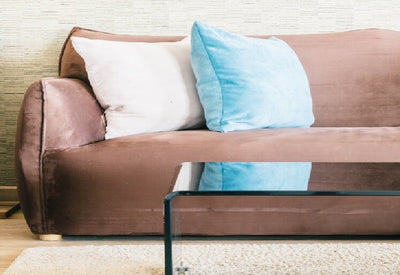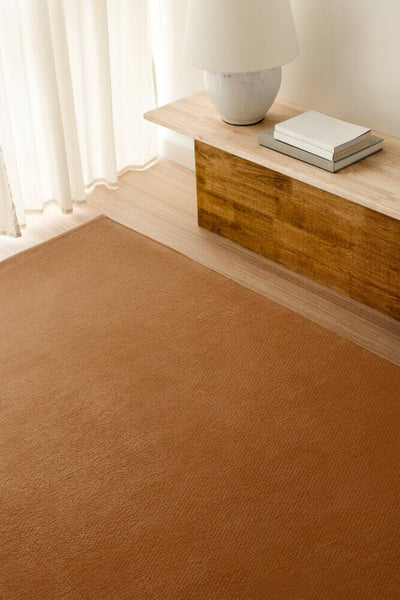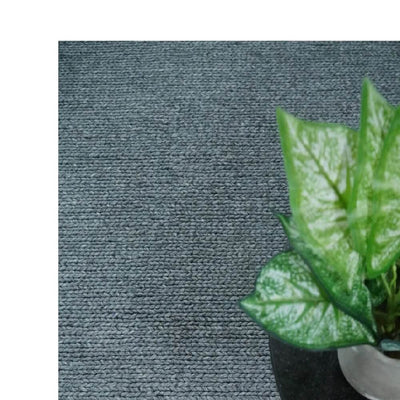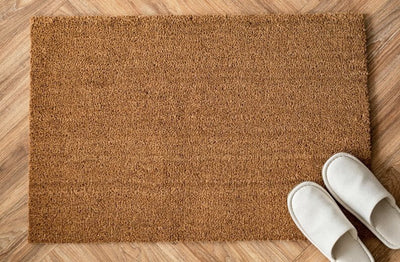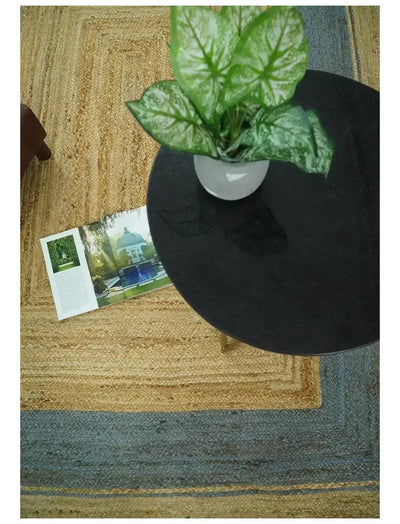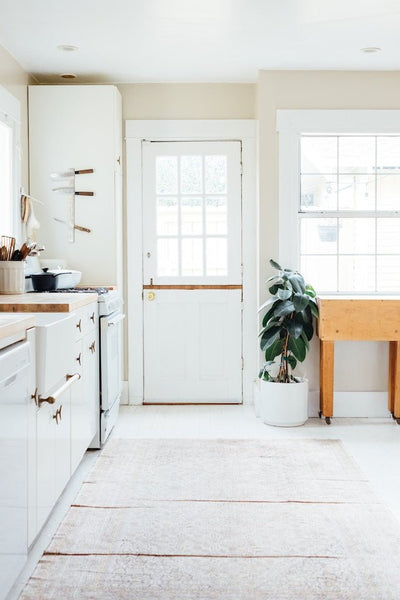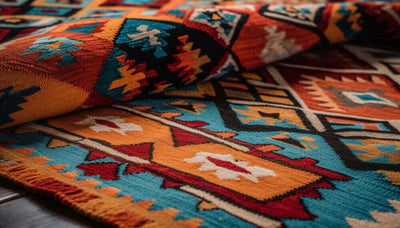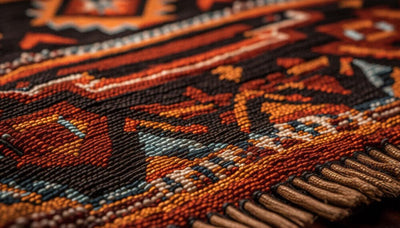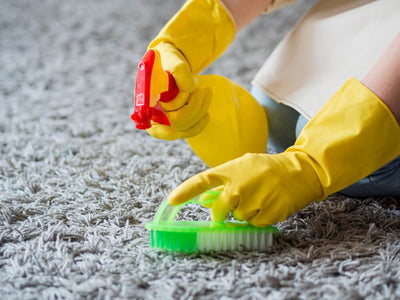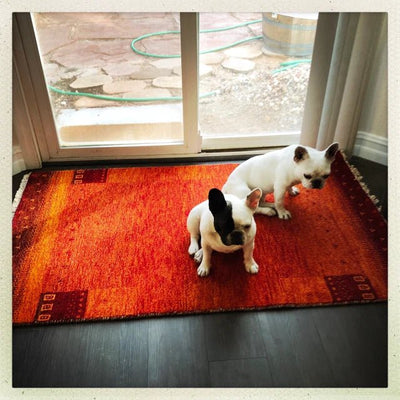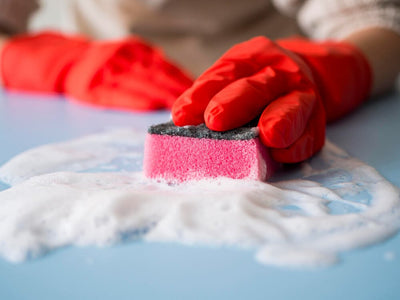Rug Shedding: What Causes It and How to Prevent the Issue?
Rug shedding is a common problem that is both unattractive and frustrating that homeowners complain of, just a few months after investing in new carpets and rugs. Shedding becomes a more serious issue when the rug’s fibers start loosening, fall out, and mess up the floor making it an ugly sight overall. Being aware of the primary reasons, and how to stop a rug from shedding techniques will help you control the damage and live in peace in the long run.
In this post, we will guide you by digging deeper into the knowledge of contribution factors and prevention tips against rug shedding. We will explore everything starting from the reasons, the shedding process, and right techniques of reversing the damage in this guide. So, keep reading till the end to enhance your knowledge and solve this universal issue that is constantly affecting the look and comfort of your space.
By the end of this guide, you'll have the information and insights you need to keep your rugs looking great and shedding to a minimum. Say goodbye to the hassle of continuously cleaning up loose fibers and hello to a well-maintained, long-lasting rug that adds to the beauty and comfort of your living space. Let us embark on a trip to explore the mysteries of rug shedding and find practical answers to this chronic problem.
What causes rug shedding?
Rug shedding is a common process that occurs with different types of rugs, particularly those made with specific materials or manufacturing methods. Understanding the main causes will assist you in selecting the best rug for your needs and taking efforts to reduce shedding. The following are some of the most common causes of rug shedding:
Fiber and material
The fiber used in your rug has a considerable impact on shedding. Rugs consisting of natural fibers, such as wool or cotton, shed more than synthetic ones, such as nylon or polyester. Natural fibers feature loose, fluffy ends that shed more as they wear down over time. Therefore, it is best to consider synthetic fiber options if you like a rug with low shedding.
Construction method
Shedding can also be affected by a rug's construction process. For example, handmade carpets, especially those with a high pile or a shaggy texture, frequently shed more than machine-made rugs with a lower pile. This is due to the fact that the fibers in handmade rugs are usually knotted or tufted separately, making them more prone to falling free.
Initial shedding period
Shedding is normal when you initially bring a new rug into your home. This initial shedding occurs when loose strands from the manufacturing process reach the surface fall out loosely. It's not unusual to see a lot of shedding within the first few weeks of owning a new rug.
Foot traffic
Foot traffic can worsen shedding. When people walk on the rug, the fibers rub against each other and the floor, causing shedding. Rugs in high-traffic areas, such as hallways and living rooms, may shed more than rugs in less-used areas.
Vacuuming and cleaning
Vacuuming on a regular basis is vital to keep the beauty and hygiene of your rug. However, shedding can get worse by poor cleaning skills or the use of a vacuum cleaner with a beater bar. Beater bars can cause rug fibers to loosen and shed more readily. It is critical to utilize the correct vacuum settings and strategies for your particular rug type.
New rug shedding and expected duration of shedding
If you've recently purchased a new rug and noticed shedding, don't panic. New rug shedding is totally normal, and it typically subsides over time. Here's what you need to know about the expected duration of shedding:
Initial shedding
As mentioned in the previous section, new rugs frequently shed more during the initial period. This shedding occurs as the rug's loose fibers, which are leftovers from the manufacturing process, are worked out. The shedding will be the most intense during the first few weeks to months of owning the rug.
Variable duration
The length of shedding varies from rug to rug, based on elements such as fiber type, fabrication process, and usage. Some rugs may shed for a few weeks, while others may shed for several months. Rugs with tight weaves and synthetic fibers shed less and for a shorter period of time.
How to reduce rug shedding?
While you can't completely eliminate shedding, there are steps you can take to minimize it:
Vacuum: Vacuum your rug on a regular basis with a vacuum cleaner that has customizable settings appropriate for your rug type. This helps to remove the loose fibers and therefore reduce shedding.
Use a rug pad: Placing a rug pad beneath your rug gives cushioning and support while minimizing friction between the rug and the floor, which can help to reduce shedding.
Rotate your rug: Rotate your rug on a regular basis to evenly distribute wear and strain. This can aid in the prevention of excessive shedding in one location.
Cleaning service: Consider expert rug cleaning services, particularly for high-pile or delicate carpets. Professional cleaning can help to preserve the integrity of the rug and prevent shedding.
Choose the right rug: When shopping for a new rug, check the fiber type and construction method properly. Synthetic carpets with low piles shed less, making them a suitable alternative if shedding is an issue.
Rug shedding is a problem that may be traced back to factors such as fiber material, production process, and usage. If you've recently purchased a new rug, it's critical to be patient and recognize that shedding is usually more noticeable during the early period. You can reduce shedding and enjoy your rug's beauty and comfort for years to come by taking proper care of it and selecting the perfect type for your needs.
How to stop a rug from shedding?
Rugs are wonderful additions to any house, providing warmth, color, and texture to your living areas, bedrooms, kitchens, and outdoor spaces too. However, shedding is a typical problem for rug owners. Rug shedding occurs when fibers come loose from the rug, causing a jumble of fuzz and potentially affecting the beauty and longevity of the rug.
We have discussed the causes of rug shedding, and now it's time to look at how to stop a rug from shedding? Fortunately, there are several practical solutions for preventing rug shedding and preserving the beauty of your rug for years to come.
Choose high-quality rugs
One of the most effective strategies to prevent rug shedding is to invest in a high-quality rug. Because they are made with better materials and craftsmanship, quality rugs are less likely to shed excessively.
When searching for rugs, select those made of natural fibers such as wool, cotton, or silk. When compared to synthetic fibers, these materials shed less. Look for rugs from recognized manufacturers or brands such as The Rug Decor that are known for their longevity and quality. While high-quality rugs are more expensive, they are frequently a beneficial investment in the long run because they shed less and last longer.
Regularly vacuuming and maintenance
Vacuuming on a regular basis is vital to prevent rug shedding. Dirt and debris on the rug's surface can produce friction, which loosens the rug fibers. Using a vacuum cleaner with a beater bar or a brush attachment can aid in the removal of dirt and debris.
Vacuum both sides of the rug, as dust and debris can accumulate at the bottom. Vacuum at least once a week, and more frequently in high-traffic areas. You may drastically reduce shedding by keeping your carpets clean.
Use a good rug pad
Rug pads are often underestimated, yet they can make a significant impact in reducing shedding and extending the life of your rug. These underlays act as a cushion between the rug and the floor, decreasing friction and wear on the rug's fibers. Rug pads also serve to hold the rug in place, keeping it from shifting and putting unneeded strain on the fibers. Choose a rug pad that is appropriate for your flooring type, whether it is hardwood, tile, or carpet.
Rotating the rug periodically
In high-traffic areas, rotating your rug on a regular basis is a simple yet efficient way to distribute damage and reduce shedding. Some areas of the rug may encounter more foot activity than others over time, resulting in uneven wear and shedding in those places. You may guarantee that the damage is distributed uniformly by rotating the rug 180 degrees or moving it to a different room, lowering the chance of shedding in certain areas.
Avoid excessive foot traffic
Another strategy to avoid shedding is to limit foot movement on your rug, especially in high-traffic areas of your home.
Consider using runners or smaller rugs in corridors and entryways instead of a larger area rug in locations where people are less likely to walk regularly. Encourage family members and guests to take off their shoes before stepping onto the rug, since shoe friction can hasten shedding.
Gently clean spills and stains
Spills and stains, if not cleaned promptly and thoroughly, can weaken rug fibers and contribute to shedding. When an accident occurs, wipe the spill gently with a clean, absorbent cloth or paper towel to remove extra liquid.
Avoid rubbing or scrubbing to avoid damaging the rug fibers. If necessary, treat the stain with a light detergent or a rug-specific cleaning solution, following the manufacturer's directions. To guarantee that no discoloration or damage is caused, always test any cleaning product in an inconspicuous area of the rug.
Expert cleaning and maintenance
Professional cleaning from time to time can help revive your rug and reduce shedding caused by deeply buried dirt and grime. Professional rug cleaners have the knowledge and equipment needed to fully clean and preserve your rug, ensuring that it remains in pristine condition. Depending on its use and exposure to dirt and toxins, it is generally advised that you get your rug professionally cleaned every one to three years.
Trim loose fibers
Don't get scared if you find loose fibers or fuzz on the surface of your rug. This is rather frequent, especially with new rugs. Rather than yanking on the loose fibers, which can exacerbate shedding, carefully cut them with sharp scissors to maintain the rug looking neat. To avoid cutting any healthy fibers, be delicate and exact.
Check for moisture deposition
Extreme humidity and moisture might cause natural fiber carpets to lose more than usual. Maintain a consistent indoor humidity level to avoid this. In dry locations, use a humidifier to add moisture to the air and keep the rug from getting too dry and brittle. In humid situations, utilize a dehumidifier to eliminate excess moisture that can contribute to mildew and mold growth.
Be patient
Keep in mind that shedding is a normal process for many carpets, particularly those made of natural fibers such as wool. It's normal for a new rug to shed for several months as it adjusts to its new surroundings. Allow the shedding to gradually reduce over time if you are patient. Shedding should become less of a concern as your rug ages with proper care and maintenance.
Overall, rug shedding is a serious problem, but with proper care and prevention, you can reduce its impact on your carpets. Begin by purchasing high-quality carpets, then keep a regular cleaning schedule and utilize rug pads to guard against wear and strain. You can also enjoy the beauty and comfort of your carpets for years to come by following these strategies and being patient as your rug settles. Remember that regular care and maintenance are essential for keeping the longevity and beauty of your prized carpets.
FAQs
How do I get my rug to stop shedding?
To minimize shedding in your rug, vacuum it regularly with a brush attachment to remove loose fibers. Additionally, consider using a rug pad to reduce friction and wear. Over time, shedding should decrease naturally as the rug settles.
How long does it take for a rug to stop shedding?
The shedding period for rugs can vary widely based on factors like the rug's material and quality. Generally, most rugs will shed the most during the first few months, but shedding should significantly diminish within 6 to 12 months with proper care.
Why does my carpet keep shedding?
Carpet shedding occurs due to loose fibers that were not completely removed during the manufacturing process. These loose fibers work their way to the surface and shed over time. Regular vacuuming and maintenance can help manage shedding.
How long does it take for a wool rug to stop shedding?
Wool rugs are known for shedding initially, but this can last for several months to a year, depending on the rug's quality and thickness. Regular vacuuming and gentle brushing will expedite the shedding process and help maintain the rug's appearance.
Do jute rugs shed?
Jute rugs are less prone to shedding compared to wool or synthetic options. While they may release some loose fibers initially, this is generally minimal and subsides quickly. Jute rugs are appreciated for their durability and minimal shedding characteristics.
